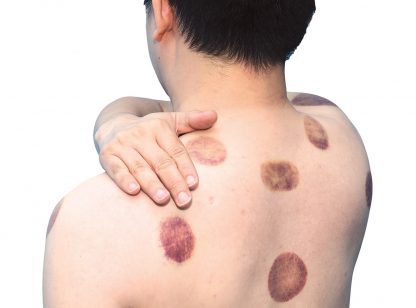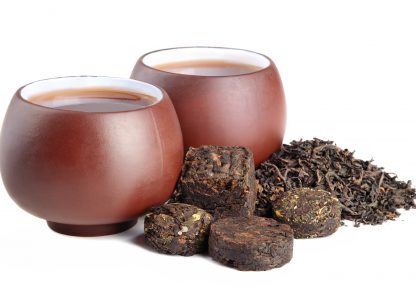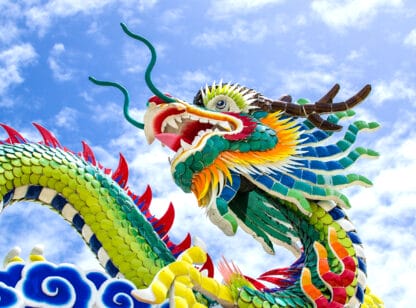I just caught a cold – a perfect time to write about the Traditional Chinese medicine (TCM) approach to treating the common cold. The Shan Han Lun, a treatise on cough/cold and viral/bacterial infectious diseases, is considered the groundwork for TCM theory.
TCM categorizes cold and flu in two stages with the first being wind cold. If not treated, the pathogen then turns into wind heat.
Common cold caused by wind cold
Classic symptoms of a cold just starting include fever, chills (worse than the fever), inability to get warm, nasal with clear mucous or sinus congestion, possible cough with clear mucus, stiff neck and shoulders, and an occipital headache (in the back of the head).
This is treated with a diaphoretic (sweating) therapy which is especially helpful in this stage as it warms the body and pushes the pathogen out through the pores. In the very early stages of this pattern, an effective remedy is miso soup using the white part of the spring onion and fresh ginger. Some say take cover under the covers to sweat it out. It is also helpful to take a steam shower with essential oils like peppermint or eucalyptus to open the nasal passages, or leaning over a steaming pot of water containing the oils with a towel over the head.
If the pathogen moves deeper in the body, symptoms that follow may include strong chills, sore throat, inability to sweat, wheezing, and stiff neck. The classic herbal remedy is cinnamon twig decoction, a stimulant that opens the bronchial passages, warms the body, and stimulates sweating. It also contains apricot seeds to help relieve wheezing and licorice root to soothe the throat and help with cough.
Common cold caused by wind heat
When the influence of wind combines with heat, the cold travels deeper into the body; the fever is worse than the chills, and the pulse is faster than normal. The primary symptom is a swollen and sore throat with headache and irritability. If there is a cough, it is usually dry or nonproductive, with occasional expectoration of yellow mucus.
Numerous formulas treat the many variations of this condition, but the most famous by far is Yin Qiao San. This is a highly effective treatment for wind heat symptoms appearing as influenza and tonsillitis in addition to the common cold.
Another effective herbal remedy in cases of wind heat is Gan Mao Ling whose patent formula has small dose of willow bark and aspirin.
Other elements of treating the common cold
When treating cold or flu symptoms due to wind heat, the results are always more dramatic if the treatment begins at the earliest possible stage of the illness. It is important to get adequate rest, a vacation from sources of stress, and good nutrition in the form of soups and fresh juices. Sweets and stimulants (such as caffeinated beverages) cause a rapid progression in the severity of the illness since they tend to feed the pathogen and should be avoided.
Diane Sheppard is a licensed acupuncturist and doctor of traditional Chinese medicine. She is the owner of AcQpoint Wellness Center in Palm Desert and can be reached at (760) 345.2200. www.AcQPoint.com














































Comments (0)